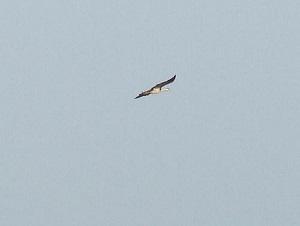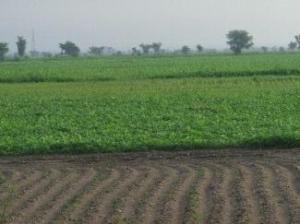Justus Joshua
To assess the possibilities of restoring the habitat and population of Great Indian Bustard in Sokaliya Village environs, where once 20-25 birds were present but now only four to five visit occasionally.

The Great Indian Bustard (GIB) is a highly endangered and endemic species of the grasslands. Nearly 50% of the surviving 500 birds are found in Rajasthan. Given the threatened status of the bird all efforts to protect the species and its habitat are critical. The proposed grant will be used to undertake assessments of habitat and the status of the GIB in the community grasslands of Sokaliya village and its surroundings (approximately covering 15-20 sq. km.). The area presently hosts around five birds, but has the potential to host more if effective protection is ensured with the local community playing an active role in restoring and conserving the grasslands.

This study involves field surveys to record its present location and interviews with the local communities to establish the exact locations where the GIBs were seen last one year. This information will be used to demarcate the extent of area used by these birds. This area will be stratified into different land uses using GIS and remote sensing. A map would be prepared with details on the spread of different land uses like agricultural land, agricultural fallows, Village grazing lands, Village waste lands (Village owned lands not put to any use), water bodies and forests if any along with the location of the villages. The village common or grazing lands would be assessed for its present status in terms of flora components and its production potential (cover & biomass), status of palatable species and biomass, soil condition, and the threats faced. Further, status of other faunal species especially insects like grasshoppers (one of the main food of GIB), bees and butterflies, in addition to birds, which are pollinators would be evaluated.
This field based survey would be followed side by side with educating and creating awareness among local people of the villages located inside and along the fringes of the GIB area of use, on the significance of the grassland habitat and the crucial role played by GIB, the ways and means of protecting and managing the grasslands vis-à-vis the bird and its habitat with their full involvement and participation. Further, interviews and meetings would be conducted with the villagers, mainly to get their concern on the restoration of these grazing lands and what would be their role and modalities of using them including protection and sharing of resource. All this would help in planning a more appropriate and livelihood based restoration and conservation action plan that would not only help the GIB to re-establish, but involves local community in achieving it, and can be a full implementation project, which would be a continuation of this study.